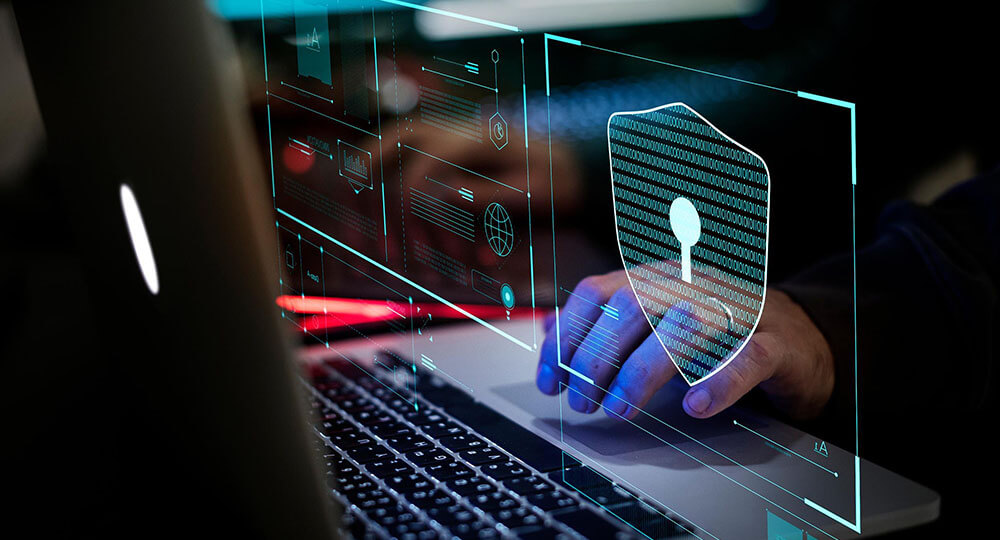Cyber security is the application of technologies, processes, and controls to protect systems, networks, programs, devices and data from cyber-attacks.
It aims to reduce the risk of cyber-attacks and protect against the unauthorised exploitation of systems, networks, and technologies.

Why is cyber security important?
The costs of cyber security breaches are rising.
Organisations that suffer cyber security breaches may face significant fines. There are also non-financial costs to be considered, like reputational damage.
Cyber attacks are increasingly sophisticated.
Cyber attacks continue to grow in sophistication, with attackers using an ever-expanding variety of tactics. These include social engineering, malware and ransomware.
Cyber security is a critical, board-level issue.
New regulations and reporting requirements make cyber security risk oversight a challenge. The board needs assurance from management that its cyber risk strategies will reduce the risk of attacks and limit financial and operational impacts.
Cyber crime is a big business.Cyber crime is a big business.
According to a study by McAfee and the CSIS, based on data collected by Vanson Bourne, the world economy loses more than $1 trillion each year due to cybercrime. Political, ethical, and social incentives can also drive attackers.

Types of cyber threats
Common cyber threats include:
- Malware, such as ransomware, botnet software, RATs (remote access Trojans), rootkits and bootkits, spyware, Trojans, viruses, and worms.
- Backdoors, which allow remote access.
- Formjacking, which inserts malicious code into online forms.
- Cryptojacking, which installs illicit cryptocurrency mining software.
- DDoS (distributed denial-of-service) attacks, which flood servers, systems, and networks with traffic to knock them offline.
- DNS (domain name system) poisoning attacks, which compromise the DNS to redirect traffic to malicious sites.
What are the five types of cyber security?
The Regulations require organisations to implement appropriate technical and organisational measures to manage their security risks.
Key Cybersecurity Technologies and Best Practices
Here is a given best practices list one should follow:
- Use VPN to privatize your connections
- Before clicking on links check the links
- Do not be lethargic with your passwords
- Scan external devices for viruses
- Store sensitive information in a secure place
- Enable two-factor authentication
- Double-check the HTTPS on websites
- Remove adware from the computer
- Disable Bluetooth connection when you are not using it.
- Avoid using public networks
- Invest in security upgrades
- Employ white hat hacker
